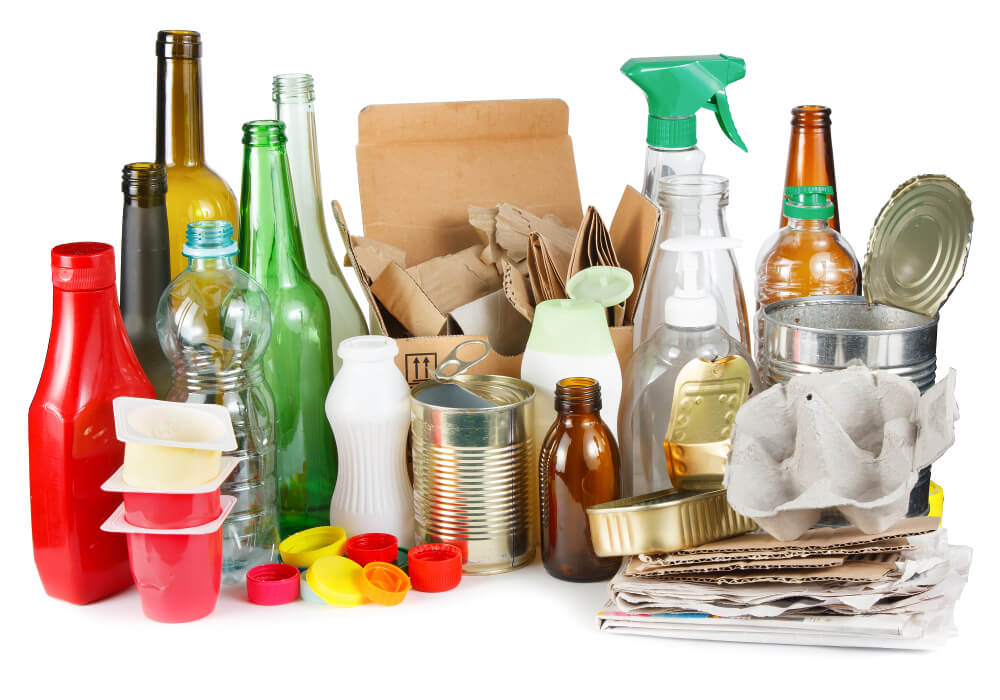There is one eternal truth that has proved to be right throughout the history of mankind: “Excess no matter of what is harmful.” But the question must be raised as to who decides where excess starts? This topic is more relevant than ever before when it comes to modern consumption. Do we have unsaid rules for products in our daily consumption which are followed in office, factories and households?
I tend to believe that the individual has to decide what is excess but this decision is often limited to the knowledge accumulated through various sources, which in turn, highlight the benefits and disadvantages of using a given product. There will not be any repository of information or best practices which we follow but it usually follows a general word-of-mouth from peers, sellers and information available in the open market.
Some recent cases of excess:
- Over the last few months cities like Portland, Seattle, Spokane, Berkeley, San Diego, San Jose and Oakland in America are collectively raising their voices against the company Monsanto due to the rising cost of cleaning the city’s waterways of the pollution . These cities are equally blaming Monsanto over the PCB contamination due to the widespread use of DDT over the many years before it was banned.
- R.J. Reynolds was found guilty in being aware but negligent about informing consumers about the dangers related to lung cancer and addictive nature of smoking
- Wal-Mart Stores Inc, the world’s largest retailer, has been in the news for many reasons. This time employees at the Easton Pennsylvania store were caught on the wrong side of the law in allowing an underage and intoxicated customer to buy a box of ammunition, which was later used to commit three murders.
All the three instances of excess highlighted above describe the implication of misuse of products by consumers with disastrous consequences. I will try to answer the question which is common to all the these mentioned incidents.
Does the blame only lie with the consumers?
In the highly competitive markets consumer loyalty is greatly influenced by the goodwill a company commands in the corporate world. The brand image and its protection are everything for a company in the corporate world.
Consumers follow the brand and its products blindly and also become the brand in everything that they do. This gives corporate enterprises complete control over their consumers and their market shares. (Apple Ipad is a very good example which could be discussed).
If we argue that the company enjoys the advantages of having a loyal consumer following, wouldn’t the responsibility towards the consumers lie with the company? If the company is aware about the adverse effects of its products shouldn’t it be responsible and be transparent toward the dangers of its products?
The Organization for Economic Co-operation and Development OECD, defines Extended Producer Responsibility (EPR) as an environmental policy approach in which a producer’s responsibility for a product is extended to the post-consumer stage of a product’s life cycle. Corporate chain involving companies, promoters, manufacturers, and distributer cater to the consumers. Therefore, we could argue that the corporate chain will have a fiduciary duty toward the consumers.
We have similar examples across many industries, where companies have been found guilty in not publishing all the information concerning their products. For example: industrial sectors involving big oil, tobacco, chemical industries, pharma companies, etc.
A possible Solution:
The accountability and responsibility in the event of a negative incident need to stop with all stakeholders involved in bringing the product to the market.
- There needs to be a clear channel of communicating the good and bad effects of the product to the end-consumers till the life cycle of the product.
- A complete disclaimer toward the end of life products and how they are to be disposed need to be communicated to the end-consumer across all product points of sale.
- Awareness campaigns by corporate chains are spread across different age-groups specific to the kind of products and the nature of its consumers.
- Best practices along with the ideal conditions for use of products to be showcased in multiple channels of communication in order to reach a larger audience responsibility of the corporate toward the consumers.
- Checks and balances are in place for safe usage of products and its safe disposal after the end of the life of the product.
These changes are possible and we need a collaborated effort by all stakeholders to improve the quality of life and consumption by the consumers to maximize the benefit of using the product.









